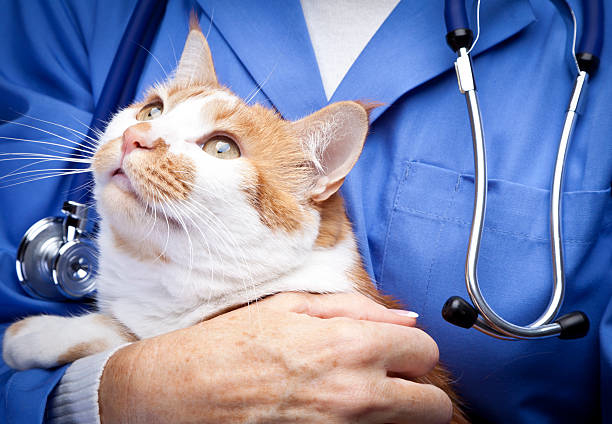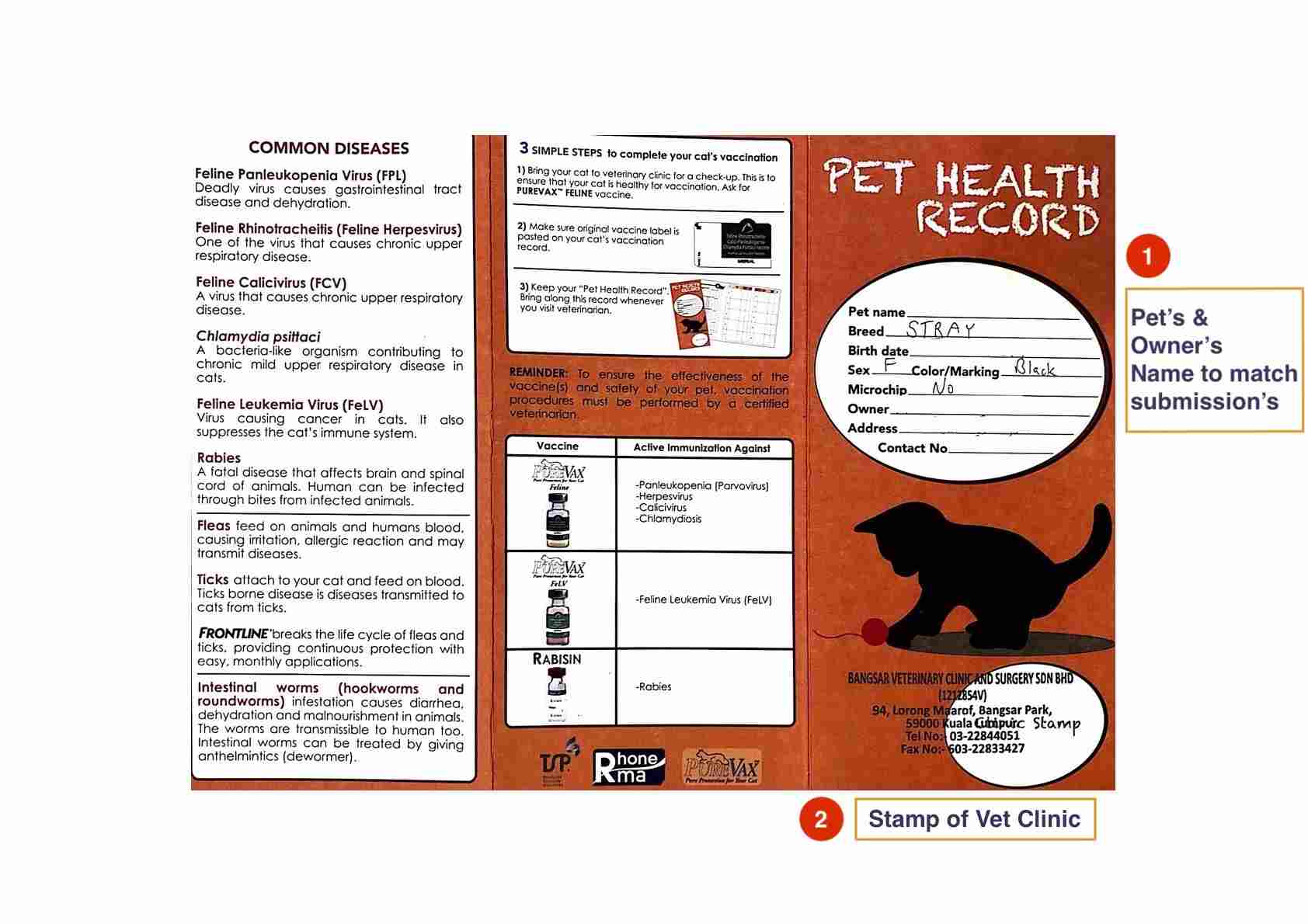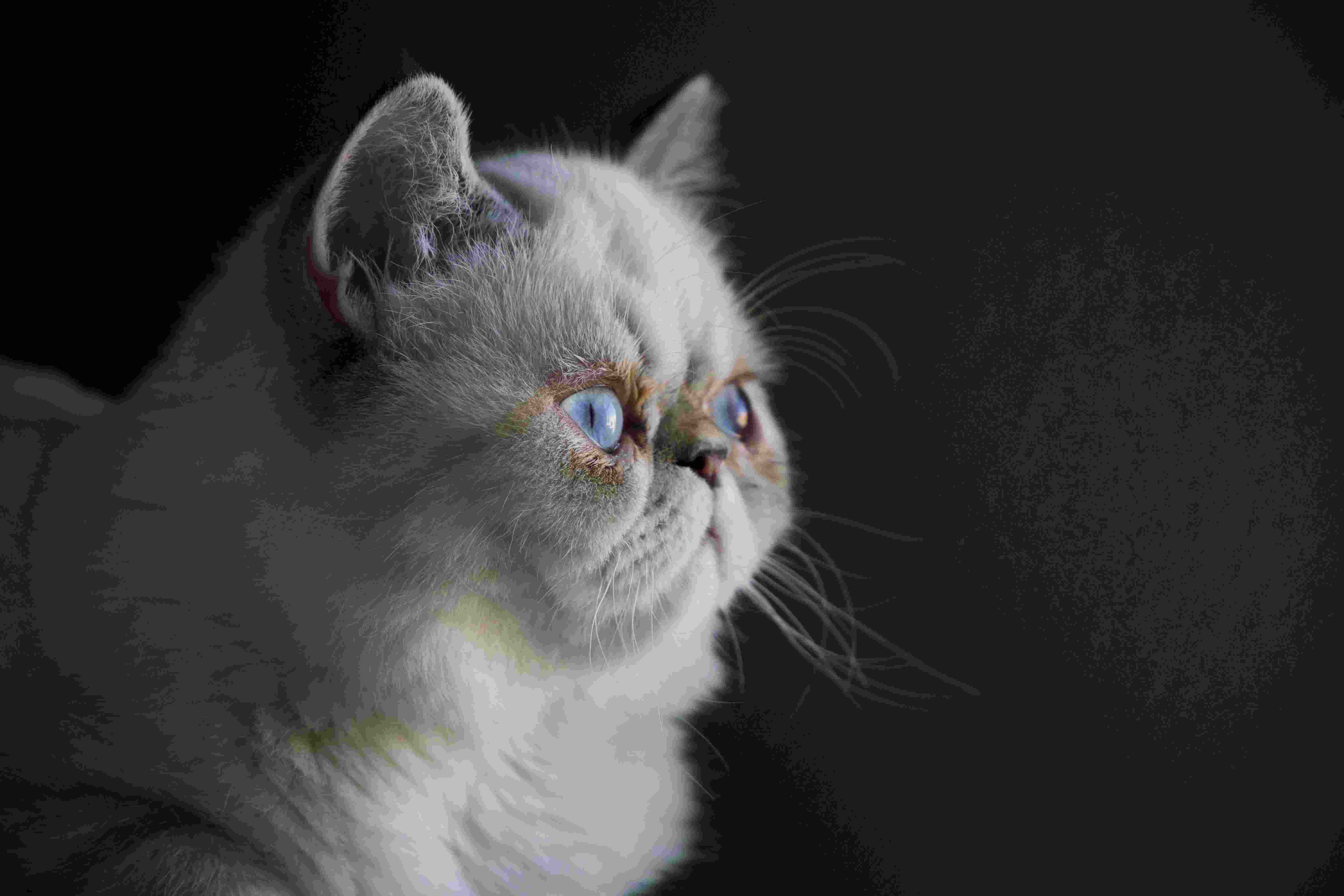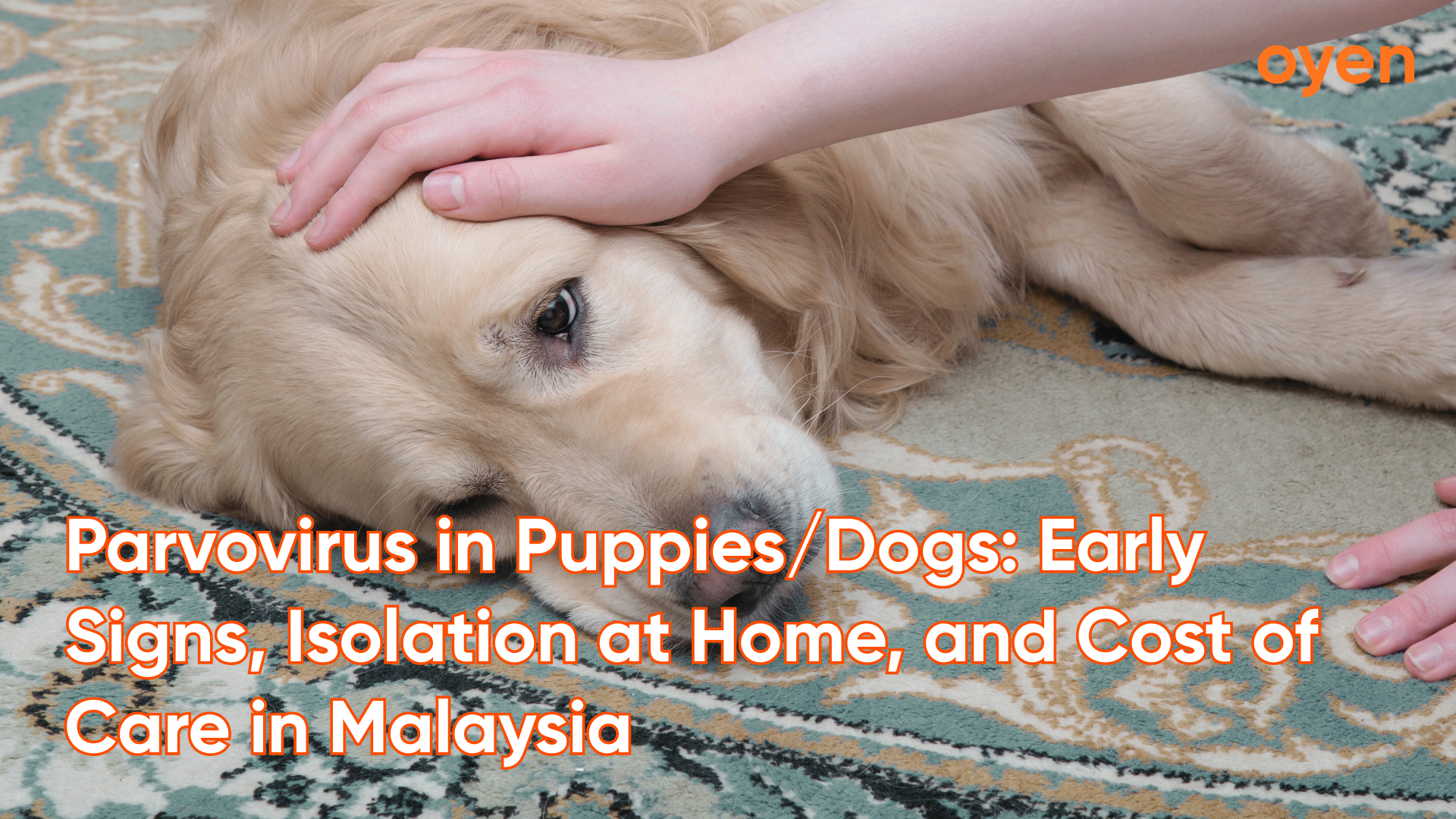It’s heartbreaking for any paw-rent to see their bubbly and hyperactive kitty acting down, withdrawn and refusing food. Although less common nowadays, there’s a small chance it’s because of cat parvovirus.
If this is your first time hearing about cat parvo or are currently researching about the virus, then this article is for you. We covered everything you need to know about cat parvo.
Let’s get started.
What is feline parvo?
Feline Parvovirus (aka Feline Distemper and Feline Panleukopenia) used to be a common cause of death in cats and kittens worldwide. But this is not the case until the recent advent of vaccines (we’ll discuss more about this later).
A highly resilient virus, parvo is known to be able to live up to a year in a contaminated environment inside an infected kitty. This particular parvovirus is resistant to certain disinfectants as well.
Parvovirus kills fast-dividing cells in your cat’s body, including those in its intestines and bone marrow.

How do cats get parvo?
Parvovirus infects cats directly through contact with other (infected) cats or their secretions (urine, faeces, nasal fluid). It can also pass through humans handling kittens.
Interestingly, the virus can also be passed along through food, toys, grooming tools, bedding, water dishes etc., shared between cats.
Even dogs can transmit feline Parvovirus. So if your house-cat never leaves the house, but you’re taking your pup out for walks, he could bring parvo home to your unvaccinated kitty too.
It’s highly contagious, and most experts say that all cats will be exposed to it at some point in their lives (all 9 of ‘em, perhaps!)
It can spread like wildfire in rescue facilities and pet shops. The mortality rate is extremely high in unvaccinated kittens. Therefore, isolation and immediate veterinary care with personal protective equipment are vital in curbing the spread.
Pregnant tabbies infected with parvovirus can pass the virus to their unborn kittens. The virus causes defects in brain development (cerebellar hypoplasia) which manifests once kittens start to walk. They will be uncoordinated and unstable on their feet.
What are the signs of parvo?
- Vomiting or frothing around the lips.
- Fever - usually a high temperature in the early stages, which becomes low later in the disease.
- Hunger and thirst with an inability to feed, Infected cats often sit hunched over their bowls without drinking from them.
- Watery diarrhoea with or without blood.

When your cat starts developing symptoms like diarrhoea and vomiting, along with fever and a poor appetite, you Should start to think of something more sinister than the usual tummy bug.
The average incubation period (the time from exposure to onset of symptoms) is four to seven days but can extend up to two weeks in some animals.
The shedding period (when the virus is being excreted and transmissible to other cats) often begins before visible Symptoms. It continues past the period when your cat shows signs of recovery. In total, the shedding period could last up to 3 weeks.
This makes it almost impossible to tell if a cat has parvo by just looking at it. Always remember that cats can enter or leave a shelter appearing healthy and yet go on to become sick or spread illness once you bring them home.
When do I call my vet?
The main cause of deterioration is dehydration or the lack of fluid intake. This is when your cat becomes lethargic and refuses any food or water. Your vet steps in, and an IV bag usually does the trick.

Your diligent vet will ask you if your cat is vaccinated against parvo or if it has been in contact with an unvaccinated cat.
In all likelihood, a blood test will be ordered. It will almost certainly show a low white blood cell count (Panleukopenia) if it is parvo.
The confirmatory test to diagnose Feline Parvovirus would be a stool sample to check for the virus (ELISA test).
The cost of these tests and treatment can be high. So, it’s always wise to have your kitty covered by pet insurance.
How to treat a cat with parvo?
Cat parvo is treated symptomatically, meaning all your vet can do is treat your kitty’s symptoms. Poor appetite and dehydration are treated with an IV (intravenous) fluid bag. A tiny needle is stuck into a vein (usually below the neck) that delivers essential fluids and medication when your cat refuses to feed.
Although antibiotics (antibacterials) don’t help with parvo, which is a virus, it might be prescribed by your vet to avoid bacterial infections that can occur when your cat is malnourished due to the parvo infection.
Interferon treatment is sometimes used in severe cases. Feline interferon is used in the treatment of canine parvovirus.
Is cat parvo curable?
Unfortunately, there is no cure for parvovirus in cats.
But it’s not all doom and gloom; some vaccines work very well against parvo, and truth be told, the disease is almost unheard of amongst vaccinated cats.

So if you’re a first-time cat owner, do the right thing and vaccinate your kitty(ies)!
Why vaccinate against feline parvo?
As there is no cure for the disease, prevention is key. For kittens, the vaccine should first be given at six to eight weeks of age with several booster shots every 3 to 4 weeks until they are 4 to 5 months of age. Your vet will give you a proper schedule, so don’t worry too much about the details.

Suppose you’re adopting an unvaccinated adult cat. In that case, two doses about a month apart are all that’s required, and these shots are usually bundled with other vaccines for feline herpesvirus and calicivirus for convenience.
The virus is known to be antigenically stable, meaning they don’t mutate rapidly like certain human viruses (including coronavirus). This makes the vaccine highly stable, and it will remain effective for many years.
Is cat parvo common in Malaysia?
It’s common enough among strays and unvaccinated cats. Even if your cat is housebound and doesn’t go out at all, it is highly recommended for it to be vaccinated.
A rare encounter with an unvaccinated stray or even a sniff of its urine/faeces can lead to your house cat getting infected, so don’t take that risk.
How do you eliminate parvovirus in a contaminated space?
Hot water, detergent, and bleach are recommended for sanitizing areas where an infected cat lived, but even then, there is no guarantee that you've completely eliminated it.
What happens to a cat with feline parvovirus?
It’s a known fact that adult cats tend to do better with parvo than kittens. Immediate veterinary care is crucial as up to 90% of cats who get parvo and are not treated will die.
Thankfully, incidences of death due to feline parvo, even in Malaysia, have reduced tremendously since vaccines were introduced.
The symptoms of early-stage parvo in cats are fever, diarrhoea and vomiting. Their vomit and stool could contain blood. Eventually, it will stop feeding and drinking water. This is a warning sign to get urgent veterinary care.
Cats with parvo eventually develop Feline Infectious Enteritis (FIE), an infection of the bowels (intestines). The virus also travels to the lymph nodes and the bone marrow. Virus replication in the marrow causes a depletion in the formation of white blood cells that help in fending off infections.
At the end of the day, most infected cats die of dehydration as they can’t feed. This is why a simple bag of IV fluid could be the difference between life and death for your kitty.

Conclusion
While the rate of cat parvo infections in Malaysia has reduced with the introduction of vaccines, it is still important for first-time cat owners to be vigilant and aware of this highly contagious and deadly disease.
Awareness about the importance of vaccinations in kittens remains low within the Malaysian population as many still claim that house-cats need not be vaccinated. Dispel this myth and tell every cat owner you know that a few quick trips to your favourite vet could be the difference between life and death for your beloved little kitten.

















